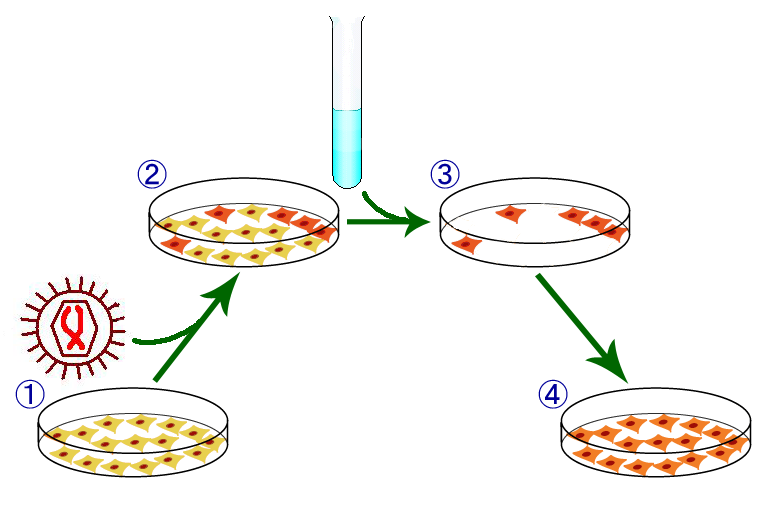
We are always at cross roads while making decisions—it can be something trivial as whether to do groceries or to go to the parlor; or, something more important as whether to take a shorter, riskier route or to take a longer but safer route to reach a destination. Like us, other animals also have to assess situations and make decisions constantly. For example, a deer might have to decide whether to feed near a fresh grassy patch where there is a risk of getting eaten by tiger or to move to safer, but distant grounds with drier grass. Thus, animals are often faced with trade off between foraging decisions and risk of predation. A recent study says that crayfish, cousins of lobsters are also faced with such decisions.
Researchers in the Psychology Department of University of Maryland found that when crayfish were simultaneously offered two contrasting choices between finding food and moving away from a potential threat, they responded after weighing in the costs-benefits of the two situations. Furthermore, this study also outlines possible neuronal mechanisms underlying such behavioral choices. Crayfish and other invertebrates are excellent model organisms to examine neurons associated with foraging and antipredaoty behaviors, because of their simplistic neural networks compared to vertebrates.
Juvenile crayfish show two kinds of antipredatory behaviors in response to a moving shadow (which is considered a ‘predator’ in this study): they either freeze or tail-flip, propelling themselves away from the shadow. Tail-flips are mediated by excitation of a pair of neurons called Medial Giant interneuron (MG). Researches found that while slow-moving shadows elicited a tail-flip response, faster shadows caused crayfish to freeze. Tail-flipping facilitated the animals to move away from shadows, but this also took them away from food source. The authors also varied the concentration of the food—high concentration being a more favorable food source than lower concentration. They found that crayfish froze more often in presence of a favorable food source; however a slow-moving shadow (i.e. threat from a predator) evoked a tail-flipping response regardless of an attractive food source. This suggests that crayfish make value-based decisions that are ultimately adaptive, and these behaviors are mediated thru identifiable neural circuits.
A complete version of the article appears in the recent issue of Proceedings of the Royal Society B doi:10.1098/rspb.2010.1000
http://rspb.royalsocietypublishing.org/content/early/2010/06/12/rspb.2010.1000.short?rss=1
This article was contributed by Ms. Divya Bellur Uma, University of Maryland, Dept. of Psychology, Maryland





